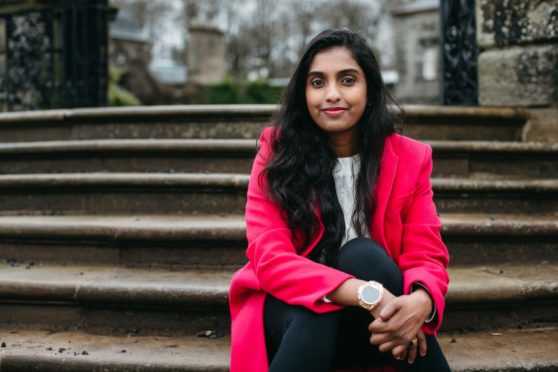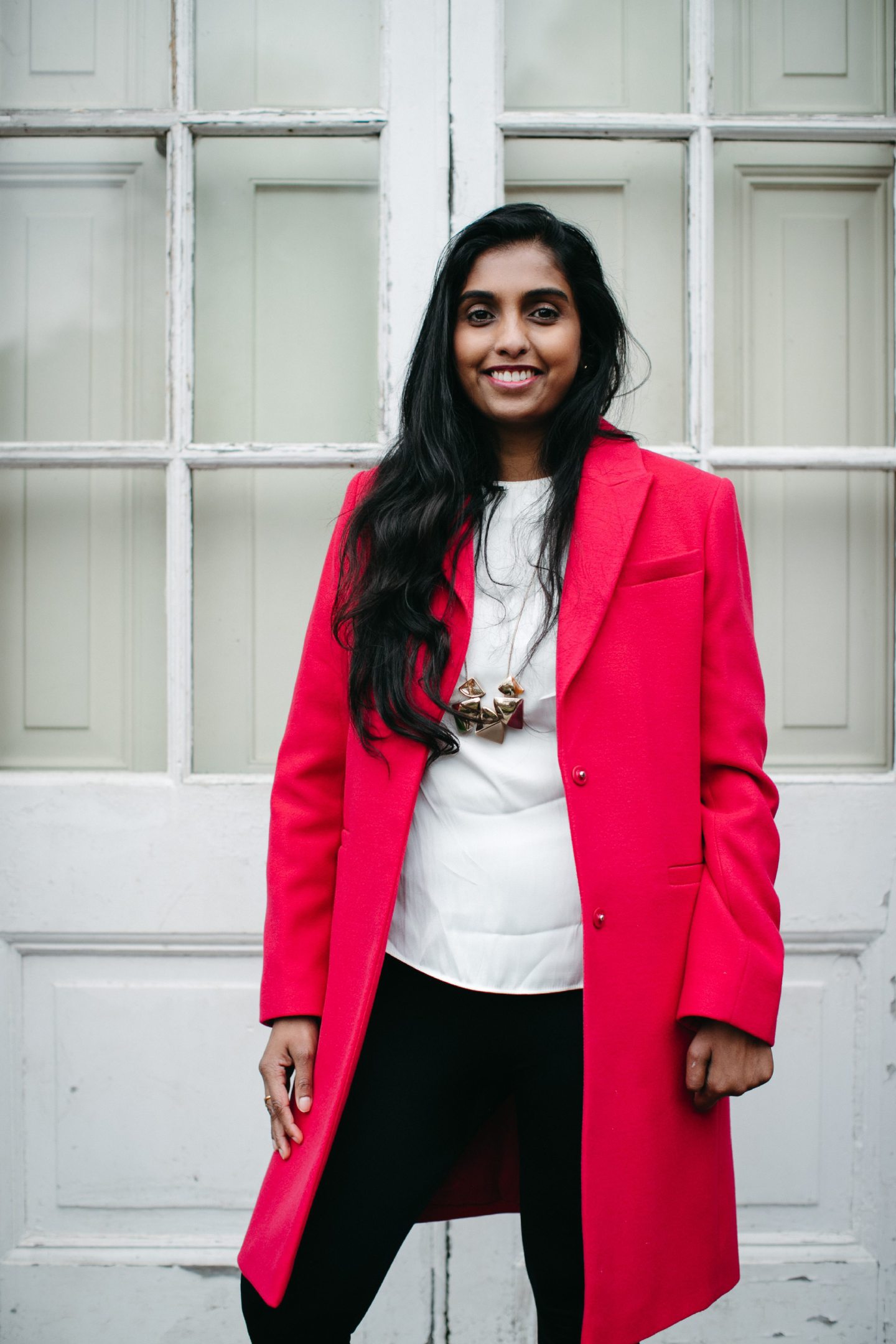
Subodha Handhi can easily understand the world’s reaction as we face a rare and deadly virus that leaves doctors baffled.
She has already endured that turmoil of fear and uncertainty, not because of Covid but leprosy.
In 2010, newly married and living in London while studying for a degree, the now 33-year-old was struck down by excruciating, debilitating pain in her left arm that left doctors baffled.
Painkillers had little effect and, when hospital tests were inconclusive, Subodha returned to her native Sri Lanka to consult with a neurologist. It was only then experts discovered she was suffering from leprosy.
“I couldn’t sleep because the pain was so severe,” said Subodha, who grew up in the Sri Lankan capital of Colombo but now lives in Paisley. “We never considered leprosy – to me, it was an old-fashioned disease that didn’t exist any more. Doctors did scans and tests and everything came back clear. My neurologist only suspected leprosy because I had a pale-coloured patch on my arm.
“When I did get the diagnosis, I was shocked. I remember my mum and I just turned around and asked, ‘What is leprosy?’”
Leprosy is a bacterial infection which causes nerve damage and, when left untreated, can lead to a loss of feeling or mobility in the hands, feet and around the eyes. A loss of sensation can mean burns, blisters and other minor injuries go unnoticed, often leading to disfigurement and disability, while damage to the eyes can leave sufferers blind.
Although there is now effective treatment, in many countries, stigma still surrounds the disease – something Subodha witnessed first-hand.
Today marks World Leprosy Day, when campaigners and charities come together to raise awareness of the condition, and Subodha hopes that by sharing her story she can help to dispel misconceptions.
She said: “When I was diagnosed with leprosy, I really wanted to speak to someone who had overcome the disease. There were so many things I wanted to ask, but there was no one. It’s always good to know we are not alone in our struggle, and I hope my story will empower others.
“It’s still a stigmatised disease, mainly because there are myths and misconceptions. I even experienced discrimination from doctors. I actually stigmatised myself, because I wrongly thought my fingers and my toes were going to fall off.”
Subodha and her husband, Sumedha, 42, returned to the UK in December 2010, where she began multi-drug therapy. Although now free from leprosy, she has been left with limited mobility in one arm, numbness in her toes and feet and ongoing pain, which she described as “like 100 people continuously sticking you with pins and needles”.
The couple planned to settle in Sri Lanka but Subodha, despite holding a bachelor’s degree in business and a master’s in finance, found it hard to secure work. They made the decision to move to Scotland, where the mum of two is now a part-time associate lecturer at the University of the West of Scotland, while also completing a PHD, and they are looking forward to a brighter future – with Subodha expecting a third child later this year.
“Life was not as easy as I expected when we returned home,” said Subodha. “I remember someone said to me, ‘Who would give someone with a disability a job when they can hire a non-disabled person?’ I was lucky my parents were there for me, and my husband was amazing.
“The culture is so different in Sri Lanka, so we haven’t told some relatives about my diagnosis. They just don’t need to know.”
Charity battles to end disease transmission by 2035
Although fewer than 20 countries report more than 1,000 new leprosy cases each year, the disease still exists at some level in most countries in South and Central America, Africa and Asia. Globally, one person is diagnosed with leprosy every two minutes, including one child every 30 minutes, amounting to 200,000 cases annually.
Since 1982, a combination of three drugs, taken for six or 12 months, has been used to cure leprosy, removing the risk of disease spreading within just two days of starting treatment. However, a new survey carried out ahead of World Leprosy Day found more than a third of Scots still thought leprosy was an incurable disease.
Linda Todd, CEO of The Leprosy Mission Scotland, which carried out the research, said: “Far from being a historical disease, leprosy is very much a disease of the 21st Century.
“Hearing from people like Subodha proves leprosy can affect anyone, regardless of class, gender or religion.”
Through its work, The Leprosy Mission Scotland hopes to see leprosy transmission end by 2035.
Linda said: “Even if we end transmission of leprosy, there will still be five million or more people living with lifelong disabilities.”

Enjoy the convenience of having The Sunday Post delivered as a digital ePaper straight to your smartphone, tablet or computer.
Subscribe for only £5.49 a month and enjoy all the benefits of the printed paper as a digital replica.
Subscribe © Andrew Cawley
© Andrew Cawley